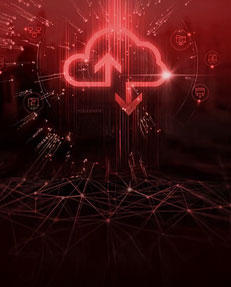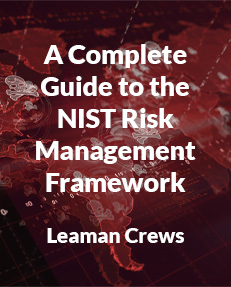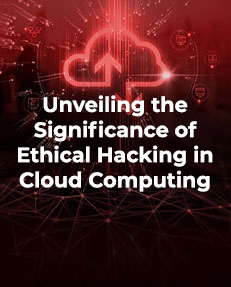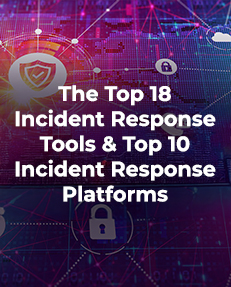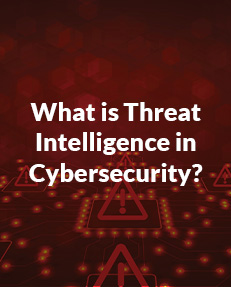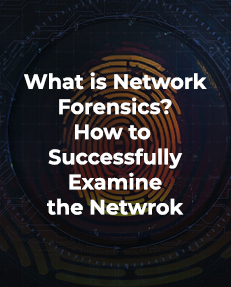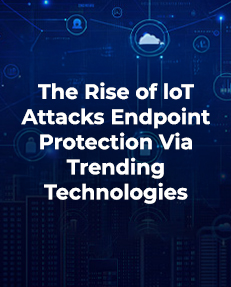
There are many reasons why cloud cyber security breaches can occur, one crucial reason being cloud service providers may not have adequate security measures to protect customer data. Another reason is that cloud customers may not know the importance of securing their data and may not take proper precautions. Finally, hackers may target cloud systems specifically because they know that they can potentially access a large amount of sensitive data. Whatever the reason, a lack of proper cloud cyber security can severely affect cloud service providers and their customers.
What Is Cloud Cyber Security?
Cloud security is the practice of securing computer networks and user data in cloud computing environments. Cloud cyber security entails policies, technologies, and procedures that safeguard cloud-based systems, data, and infrastructure from cyber attacks. Organizations that store sensitive data in the cloud are particularly vulnerable to cyber attacks, as cloud environments are often complex and difficult to secure. The cloud offers hackers a larger pool of potential targets and a more complex landscape to exploit. As businesses and organizations increasingly move to the cloud, they need to strengthen their cloud security.
Define Your Cloud Strategy Based on the Sensitivity of the Data
The cloud provides organizations with a flexible and scalable way to store and access data. However, not all data is created equal. Some data is more sensitive than others and requires special consideration regarding cloud security. You should assess your data’s sensitivity before deciding which cloud strategy to use.
The more sensitive the data, the greater the need for security. Organizations should also consider how their cloud strategy will evolve. As data becomes more sensitive, the needed security measures will likely change.
Here are ten tips to help you improve cloud security and protect your data.
1. Consider Using a Private Cloud
Private clouds can offer greater security than public clouds, enabling organizations to gain more control over their data. However, private clouds can be more expensive and may not be feasible for all organizations.
2. Use Encryption
Encryption is a vital tool for cloud security. It helps protect data from being accessed by unauthorized individuals. Encrypted data is transformed into a code that only someone with the proper key can decode. This makes it more difficult for hackers to access sensitive data.
3. Implement Security Measures at All Levels
Security measures should be implemented at all levels of the cloud environment, including the network application and data levels.
- Network security measures can help protect cloud systems from being accessed by unauthorized individuals.
- Application security measures can help prevent data breaches.
- Data security measures can help protect sensitive information from being accessed or stolen.
4. Monitor Cloud Activity
Organizations should monitor cloud activity to ensure that only authorized individuals access their data. They should also look for signs of suspicious activity, such as unusual log-in attempts or unexpected data transfers.
5. Understand the Shared Responsibility Model and What Is Covered in Security
A shared responsibility model is a cloud cyber security approach in which the cloud service provider and the customer are both responsible for protecting data and applications. Under this model, the cloud service provider is responsible for securing the infrastructure, while the customer is responsible for securing their data and applications. Both parties should discuss their shared responsibilities for vital roles such as encryption (Forbes, 2021). The shared responsibility model can help improve cloud security by ensuring both parties are taking steps to protect data.
6. Access Control and Endpoint Security
Access control is a security measure designed to restrict data and resource access. Access control solutions can help prevent unauthorized individuals from accessing sensitive data. Endpoint security is designed to protect devices connected to a network (Trillex). Endpoint security solutions can help prevent data breaches by protecting from malware, viruses, and other threats. These two essential aspects of cloud security help protect data and applications from being accessed or stolen.
7. Secure a Data Backup Plan
A data backup plan is a vital part of any cloud security strategy. In the event of a data loss, a backup plan can help ensure that your data is recovered, and your operations can continue. Data loss can occur for various reasons and in any form, including hardware failures, software glitches, and human error (Stouffer, 2022). Data backup plans include cloud backup, local backup, and offline backup. Cloud backup is a type of data backup performed over the internet. Local backup is a data backup performed on a local storage device, such as an external hard drive. Official backup is a type of data backup performed without using the internet. Organizations should choose a backup solution that meets their needs.
8. Employ an Effective Password Strategy
One of the most important things you can do to keep your data secure is to use strong passwords (Maddox & Moschetto). A strong password is difficult for someone to guess. It should be at least eight characters long and include a mix of uppercase and lowercase letters, numbers, and special characters. It is also important to use different passwords for different accounts. This can help prevent your accounts from being hacked if one of your passwords is compromised. You should also change your passwords regularly. Just how often depends on the sensitivity of the data that you are protecting.
9. Train Staff to Understand Attacks
Training your staff on how to identify and respond to cyber attacks is critical. Cyber attacks can come in many forms, including phishing emails, malware, and denial-of-service (DoS) attacks. A phishing email tricks the recipient into clicking on a malicious link or attachment. Malware is software designed to damage or disable computers. DoS attacks are designed to make a website or server unavailable. Your staff should know how to identify these attacks and what to do if they receive one. They should also know how to report suspicious activity to your IT team.
10. Perform Pen Testing to Find Gaps
Penetrating testing, also known as pen testing, is a type of security test designed to find a system’s vulnerabilities. Penetration tests can be used to find weaknesses in both cloud and on-premises systems. They can help improve your system’s security by identifying vulnerabilities that attackers could exploit (Forbes, 2021).
Hacking is a type of attack designed to exploit vulnerabilities in a system. Hackers often use automated tools to find and exploit vulnerabilities. Hacking can be used to gain access to data or resources or to cause damage to a system. Organizations should perform regular penetration tests and hacking simulations to find gaps in their security. These tests can help improve the security of their systems and prevent data breaches.
What Next?
Awareness of the unique cyber security risks that come with technology is essential. Organizations should prioritize having a strong cloud cyber security position to protect themselves against sophisticated cyber attacks that keep changing over time. This is why you need to choose a reputable cloud service provider with a strong security track record.
References
Forbes. (2021, July 29). 5 Cybersecurity Tactics To Protect The Cloud. https://www.forbes.com/sites/sap/2021/07/29/5-cyber-security-tactics-to-protect-the-cloud/
Maddox, I., & Moschetto, K. Modern password security for users. Google Cloud Solutions Architects. https://cloud.google.com/solutions/modern-password-security-for-users.pdf
Stouffer, C. (2022, November 09). Data backups 101: A complete guide for 2023. Norton. https://us.norton.com/internetsecurity-how-to-the-importance-of-data-back-up.html
Trillex. What Is Endpoint Security? https://www.trellix.com/en-us/security-awareness/endpoint/what-is-endpoint-security.html
About the Author
Shelby Vankirk is a freelance technical writer and content consultant with over seven years of experience in the publishing industry, specializing in blogging, SEO copywriting, technical writing, and proofreading.
More Articles Like This

